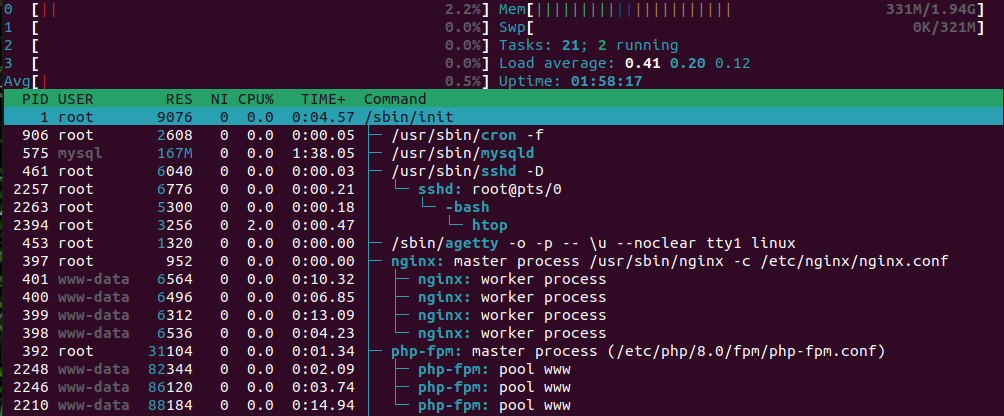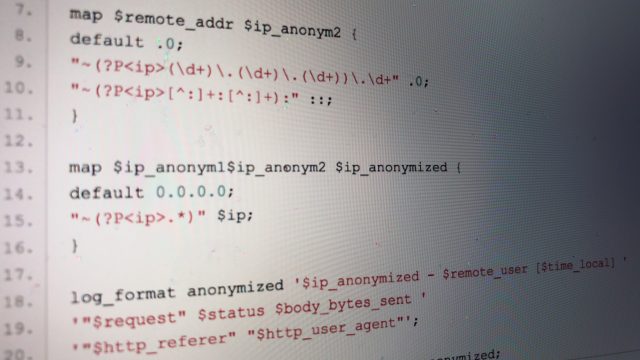If you want to have WordPress really fast, at a certain point you won't get anywhere with common caching plugins. Nginx with HTTP2 helps.
Since the version 1.9.5 the open source version of Nginx also supports the HTTP/2 protocol directly - a tedious configuration or the Using Patches is no longer necessary.
German Version below
The HTTP/2 implementation runs - at least in relation to a blog like this one - stable and without any further anomalies. The biggest advantage: outstanding page load times. In order not to demand too much of PHP, I use Microcaching. This means that most pages are already created and only need to be delivered to the client.
If you calculate the pure time needed by the WordPress instance to be completely transferred, you get a value of about 0.7 seconds to "Document Complete". (Result Webpagetest.org).
The only thing that stands in the way of a total load time of less than a second is tracking scripts (in my case I use Piwik). Although my Piwik instance also uses HTTP/2, it takes time to establish the additional connection.
Google Pagespeed acknowledges these measures with value of 95 / 100. The only hurdle to reach a value of 100/100 is currently the prioritization of "above the fold" content - this requires four network round trips. However, I'm not sure if the Pagespeed-Insights-Tool already considers the use of HTTP/2 correctly - especially the parallel loading in HTTP/2 might not be completely considered yet.
From the end of the year on, the Google Bot should also be able to handle HTTP/2 - currently there is no advantage yet, but as you know Google, it won't be long before HTTP/2 support becomes a ranking factor. After all, HTTP/2 saves resources that are also for Google.
Further information on the topic of "fast websites" can be found at Boost-for-Websites.com!
German Version:
Who wants to have WordPress really fast, not come along at some point with common caching plugins. Nginx with HTTP2 helps.
Also the open-source version of nginx supports the HTTP/2 protocol directly since the version 1.9.5 - a tedious configuration or the use of patches is thus no longer necessary.
The implementation of HTTP/2 runs - at least based on a blog like this - stable and without other abnormalities. The biggest advantage: great page-load times. To reduce PHP calls too, I use Microcaching. As a result, most pages are already created and must be delivered only to the client.
Is seen as the pure time which is needed by the WordPress instance to be completely transferred, you get a value of about 0.7 seconds until "Document-complete" (result from Webpagetest.org).
Tracking scripts are the only thing is a total loading time of less than one second in the way, (in my case, I use Piwik). Although my Piwik-instance uses HTTP/2 as well, the additional connection costs time yet.
Google page speed acknowledged these measures with a value of 95 / 100 The only hurdle, to reach a value of 100 / 100, is currently prioritizing the "above the fold" content - these require four network round trips. Here I am not sure, however, whether the page speed insights tool already correctly using HTTP/2 - straight parallel loading is still not completely included in HTTP/2.




I tried this plugin, but got better values with others. I would be interested in further opinions on this topic since the article is already a bit old.
What are your best values achieved with WordPress installations?
Greetings
The current setup here reaches a page speed value of 98 at least for desktop (https://developers.google.com/speed/pagespeed/insights/?url=https%3A%2F%2F165.227.165.86%2Fsony-wh-1000xm3-hands-on%2F&tab=desktop) and more or less close to 1s charging time (http://webpagetest.org/result/190903_QW_cfa56dbb943ec760eee4b7835eb818f3/) - Nginx now has HTTP/2 without patches, of course, but I haven't touched the microcache setup since this article.